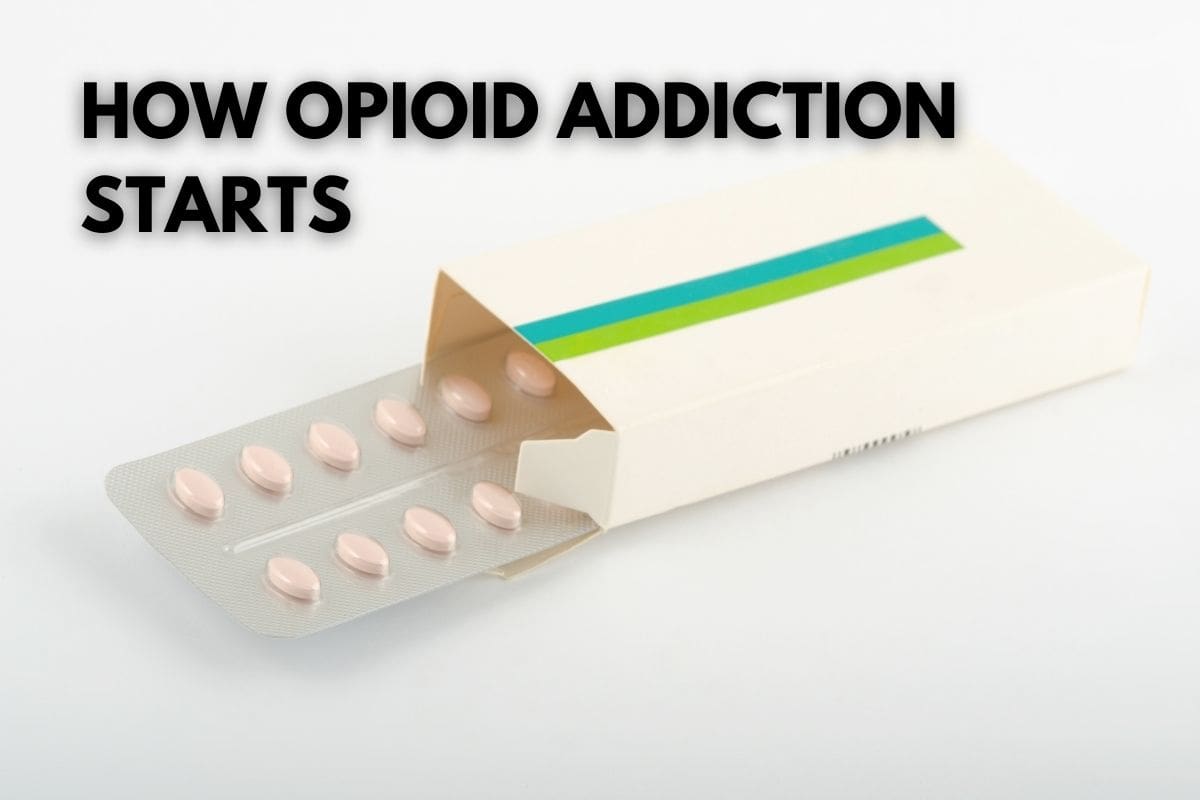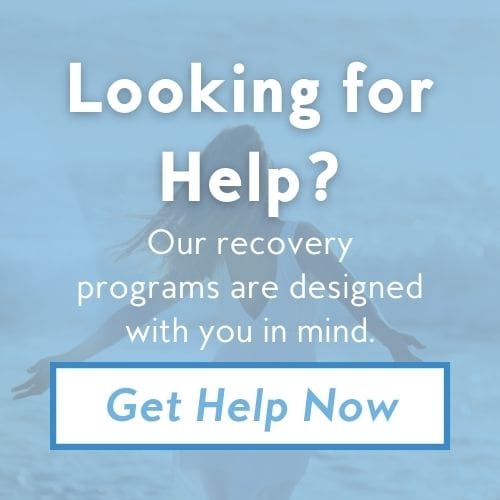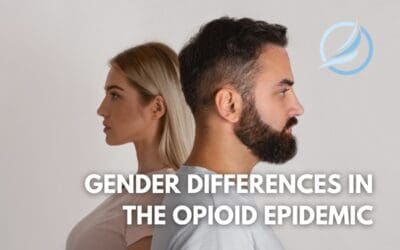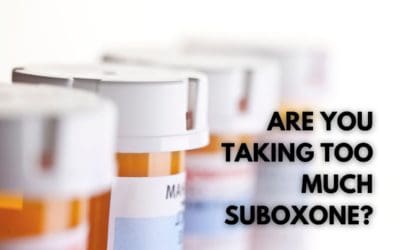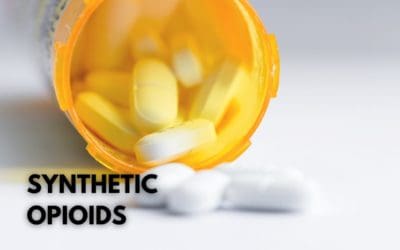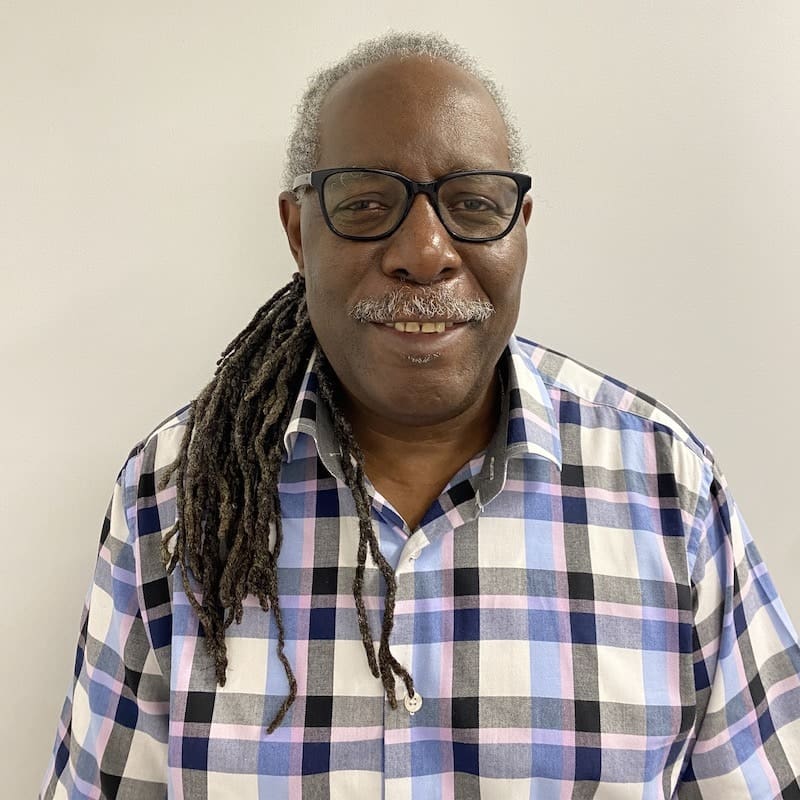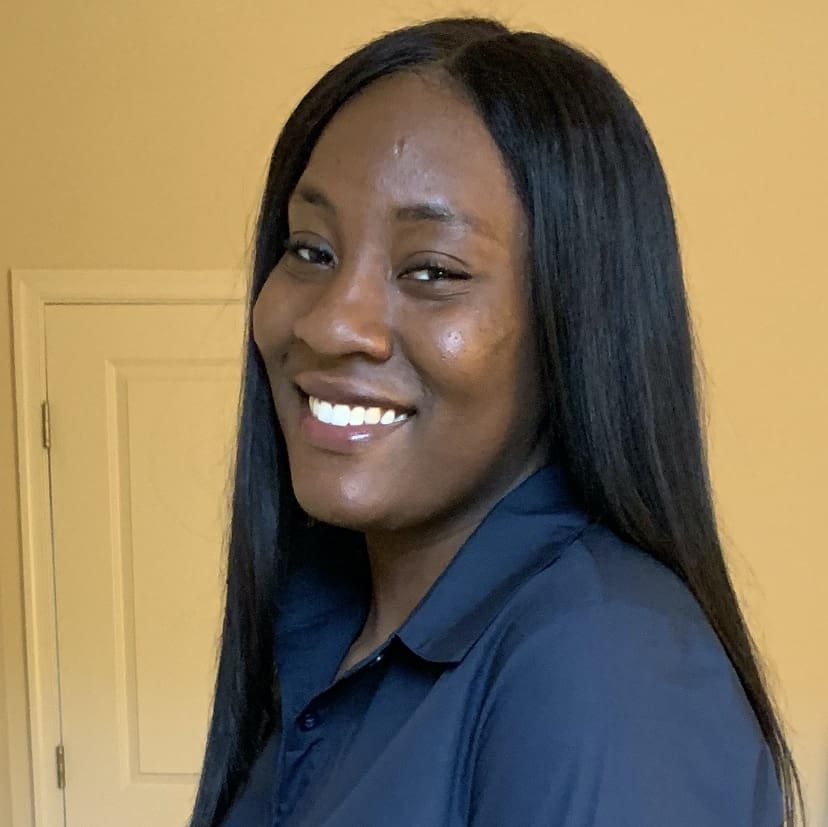Opioids are a class of drugs that produce morphine-like effects. They are effective at treating moderate to severe pain. When used correctly, opioids can be beneficial. However, opioids are considered highly addictive, and misusing opioids increases the risk of dependence and addiction. Nonetheless, people still wonder how opioid addiction starts and whether or not there’s something they can do to prevent it.
What’s an Opioid Addiction?
Many people don’t understand how people become addicted to drugs. In most cases, people believe it’s a lack of moral principles or willpower. However, addiction is a chronic disease of the brain characterized by compulsive drug-seeking behavior that’s difficult to control despite consequences.
What Causes Opioid Addiction?
With opioid addiction, the initial decision is voluntary and often prescribed by a doctor. However, anyone who takes opioids is at risk of developing an addiction. Opioids, in particular, trigger the release of endorphins and other feel-good chemicals in the brain. These chemicals muffle your perception of pain and boost feelings of pleasure, creating a temporary sense of well-being. When the dose wears off, it’s common for people to want these feelings back, especially if they’re dealing with moderate to severe pain.
Over time, the body slows the production of endorphins, and the same dose of opioids stops producing the same effects. This is what’s called tolerance. Once someone develops a tolerance, they might feel a need to continue their use to prevent withdrawal symptoms or illness symptoms that subside when they’re under the influence of opioids. Eventually, their tolerance and dependence can become an addiction (when they engage in drug-seeking behavior despite suffering negative consequences).
Risks Factors for Opioid Addiction
Taking more than your prescribed dose for opioids is a considerable risk factor for addiction. The length of time you use opioids also plays a role. Using prescription opioids for more than a few days can increase your risk of long-term use. This is why most prescriptions are only used for short-term periods. Known risk factors for opioid addiction include:
- Poverty
- Unemployment
- History of substance abuse
- History of criminal activity
- Thrill-seeking behavior
- Heavy tobacco use
- Prior drug or alcohol abuse
In addition, women have specific risk factors for opioid addiction. Women are more likely than men to struggle with chronic pain, making them more likely to be prescribed opioid medications. They’re also more likely to be given higher doses and use opioids for extended periods.
The hardest-hit communities are the states of West Virginia, Ohio, Kentucky, and New Hampshire. Researchers believe the high levels of unemployment are related to the opioid addiction trend and the rise in opioid overdose deaths.
Preventing Opioid Addiction
Opioids are highly effective in treating chronic conditions. Ideally, you should only take opioids for three or fewer days to manage acute pain. Nonetheless, if you or someone you know has a history of substance abuse, always ask for non-addictive pain medication alternatives.
Help prevent opioid addiction in your family by safeguarding opioid medications while using them. It’s also essential to dispose of unused opioids properly. The most crucial step to prevent opioid addiction is to learn about the signs of addiction and take the steps needed to help someone. Doctor shopping, inability to control opioid use, uncontrollable cravings, and frequent flu-like symptoms are common signs of opioid abuse.
Treating Opioid Addiction
There are different types of opioid addiction treatments. Substance use disorders are best treated on an intensive outpatient basis or a program dedicated to treating people with addiction. In most cases, addiction treatment involves:
- Medications: addiction treatment uses medications such as methadone, buprenorphine, and naltrexone to help relieve cravings and block the euphoric effects of opioids.
- Behavioral therapy: medication-assisted treatment works best when paired with counseling and behavioral therapies. It’s important to seek addiction treatment programs that incorporate behavioral therapies such as cognitive-behavioral therapy, EMDR, and other psychotherapies to assist in recovery.
- Emergency assistance: in addition, naloxone can be helpful in emergencies during an opioid overdose that has occurred or is imminent. Naloxone can reverse the effects of an overdose, but it’s not considered an addiction treatment.
Finding Help for Substance Abuse
If you or someone you know is dealing with opioid addiction, please know there’s help available. Treatment for opioid use disorder is available from medical professionals and addiction treatment centers. Medication-assisted treatment using methadone, buprenorphine, or naltrexone, in conjunction with behavioral therapies and support programs, can help people recover. Contact The Freedom Center to learn more about our addiction treatment programs and how to help you find the best path towards long-lasting recovery.
Sources:
https://injuryfacts.nsc.org/home-and-community/safety-topics/drugoverdoses/
https://www.drugabuse.gov/drug-topics/opioids/opioid-overdose-crisis
https://www.samhsa.gov/medication-assisted-treatment/medications-counseling-related-conditions

